Watering a Boston fern (Nephrolepis exaltata) is less about a fixed day of the week and more about reading moisture, seasons, and your home’s microclimate. Ferns thrive when roots stay evenly moist—never bone-dry, never waterlogged. Below you’ll find a practical framework: quick rules, seasonal schedules, climate adjustments (air-conditioned homes, dry flats, porch setups), pot and soil considerations, and a troubleshooting checklist.
Quick Rules (TL;DR)
- Target moisture: Keep the top 1–2 cm of mix just drying between waterings; the layer beneath should feel cool and moist.
- Typical indoor cadence:
Spring–Summer: every 2–3 days in bright, warm rooms; 3–4 days in cooler rooms.
Autumn: every 4–5 days.
Winter: every 5–7 days (sometimes longer in low light).
- Humidity matters: Aim for 50–60% RH (60–70% is ideal). Lower humidity increases watering frequency and risk of crispy fronds.
- Drainage is non-negotiable: Water until 10–20% runoff, then empty the saucer.
(These are starting points—adjust using the tests below.)
The Moisture Test Method (More Reliable Than a Calendar)
- Finger test: Press a finger 2 cm into the mix. Water if it feels dry at the top but still cool beneath.
- Lift test: Learn the pot’s “just-watered” weight versus “needing-water” weight. Light pot = water now.
- Moisture meter (optional): For ferns, aim for the moist range (avoid both extremes).
- Frond signal: Slightly softer pinnae and dull colour often precede crisping—this is your last call before stress.
Seasonal Watering Schedules (Indoors)
Use these as baselines; fine-tune with the moisture tests.
Spring (growth resumes)
- Frequency: Every 3–4 days.
- Why: Light and temperature rise; new fronds unfurl and drink more.
- Tip: Begin a monthly flush (pour water through for 2–3 minutes) if you fertilise—prevents salt build-up and tip burn.
Summer (peak growth)
- Frequency: Every 2–3 days in bright rooms; 3–4 days in medium light.
- Watchouts: AC and fans dry fronds quickly; sun through windows can heat the pot.
- Pro move: Bottom-water once a fortnight to fully rehydrate if the surface dries too fast.
Autumn (light declines)
- Frequency: Every 4–5 days.
- Adjustments: Reduce fertiliser; maintain humidity to prevent seasonal crisping.
Winter (resting/light-limited)
- Frequency: Every 5–7 days, sometimes 7–10 in very low light or cool rooms.
- Critical: Avoid waterlogging cold soil; ensure bright, indirect light to keep moisture use steady.
Climate Adjustments (Your Home vs. Your Friend’s)
Air-Conditioned or Very Dry Homes (RH < 45%)
- Effect: Mix dries fast; frond tips crisp.
- Schedule: Expect +1 watering per week vs. baseline.
- Helps:
Pebble tray under the pot (water level below pot base).
Group plants or run a small humidifier near the fern.
Top-dress with fine bark to slow surface evaporation.
Use a slightly more water-retentive mix (recipe below).
Humid Flats / Bathrooms (RH 55–70%)
- Effect: Slower evaporation; happier fronds.
- Schedule: Match baseline or even -1 watering per week.
- Helps: Keep air moving gently to avoid fungal issues.
Bright Porches / Covered Outdoor Spots (shade to dappled light)
- Effect: Heat + airflow = faster transpiration.
- Schedule (warm months): Often daily to every 2 days.
- Helps: Morning soak, afternoon check; avoid strong midday sun.
Cool, Low-Light Corners
- Effect: Slow usage; risk of staying wet.
- Schedule: 5–7 days or more; reduce volume per watering.
- Helps: Move closer to a bright window or add a grow light (10–12 h/day).
Watering Technique (So You Hydrate Roots, Not Just the Top)
- Pre-check: Loosen the surface gently with a chopstick if it’s crusty.
- Water thoroughly: Pour until you see 10–20% runoff. This ensures even hydration.
- Drain: Empty the saucer after 5 minutes.
- Bottom-watering (optional): Sit the pot in a tray for 10–15 minutes, then drain; great for re-wetting hydrophobic mixes.
- Flush monthly: Especially in hard-water areas or if you fertilise.
The Right Mix & Pot (They Change How Often You Water)
Pot:
- Hanging baskets and terracotta dry faster → water more often.
- Plastic/ceramic retain moisture → water less often, but watch for overwatering.
Soil (peat-free suggestion):
- 45% quality potting mix or coco coir
- 25% perlite/pumice (drainage + air)
- 20% fine bark (structure, prevents compaction)
- 10% worm castings/compost (light nutrition)
For chronic overwaterers or very humid rooms: Increase perlite/pumice to 35–40%.
For very dry homes/AC: Raise potting mix/coco to 50% and keep bark at 20%.
Water Quality & Temperature
- Use room-temperature water. Cold shocks roots; hot damages them.
- Hard water/fluoride: Can contribute to brown tips over time. If you notice persistent crisping, trial filtered or distilled water for 4–6 weeks and flush monthly.
- Fertiliser: Apply at ¼ strength every 4–6 weeks in spring–summer only. Always water plain if the mix is bone-dry before feeding to avoid burn.
Visible Cues & How to Respond
- Fronds crisping at tips/edges: Likely low humidity or inconsistent watering; increase RH, tighten cadence, and flush salts.
- Fronds yellowing from base: Overwatering or poor drainage; lengthen interval, improve airflow, check roots.
- Sudden wilt after watering: Compacted or hydrophobic mix—repot to an airy blend and bottom-water to re-hydrate evenly.
- Stalled growth in summer: Pot may be root-bound and drying too fast; repot up one size or divide.
Example Weekly Plans (Adjust With Tests)
Warm, Dry Flat (RH 35–45%, bright room)
- Mon: Thorough top-water to runoff; empty saucer.
- Wed: Check—likely water again (top 2 cm dry).
- Fri: Humidity boost (pebble tray topped up), light mist of air (avoid saturating fronds late evening).
- Sun: Bottom-water 10–15 min if pot feels light; monthly flush on first Sunday.
Average Home (RH ~50–55%, medium–bright light)
- Tue: Water to runoff.
- Fri/Sat: Check and water if top 2 cm dry.
- Monthly: Flush and feed at ¼ strength after a plain watering.
Bathroom/High Humidity Spot (RH 60–70%)
- Wed: Water to runoff.
- Sun: Check; water only if light pot/upper layer dry.
- Note: Keep air moving to avoid fungus.
Troubleshooting: Watering Problems & Fixes
Problem: Soil stays wet for 5+ days, fronds yellow.
Fix:
- Improve light and airflow; use a fan on low, away from fronds.
- Repot into airier mix; switch to a plastic pot with many side holes or terracotta.
- Water less volume but still evenly (don’t just splash the top).
Problem: Top dries in a day; fronds crisp.
Fix:
- Bottom-water weekly to fully hydrate.
- Increase organic fraction slightly or add a bark top-dress.
- Raise humidity with a small humidifier or grouped plants.
Problem: Water runs straight through.
Fix:
- Re-wet with bottom-watering first (10–15 minutes).
- Aerate surface and water in two rounds 5 minutes apart.
Problem: Brown tips despite steady watering.
Fix:
- Trial filtered/distilled water and monthly flushes.
- Review fertiliser strength and frequency (¼ strength is enough).
FAQ
How often should I water a Boston fern indoors?
Start with every 2–4 days in spring–summer and every 4–7 days in autumn–winter. Adjust using the finger/lift tests—your home’s humidity, pot, and light will shift timing.
Do Boston ferns like to be misted?
Misting offers short-lived humidity. It’s fine as a supplement, but pebble trays, grouped plants, or a small humidifier are far more effective.
Is bottom-watering good for Boston ferns?
Yes—especially for re-wetting dry or hydrophobic mixes. Use bottom-watering occasionally and still flush from the top monthly to remove salts.
Can I let a Boston fern dry out completely?
No. Allow only the top centimetre or two to dry. Full dry-downs lead to crisp fronds and stress.
What water is best?
Room-temperature tap is fine if salts and fluoride aren’t an issue. If you see persistent brown tips, try filtered or distilled water for a few weeks.
Final Takeaway
There’s no single “Tuesday and Friday” schedule for Boston ferns. Instead, watch moisture, match the season, and respect your home’s climate. Keep the mix airy and evenly moist, water thoroughly to runoff, drain the saucer, and maintain 50–60% RH (or higher). With these habits, your fern will reward you with soft, full fronds—and you’ll never wonder when to water again.




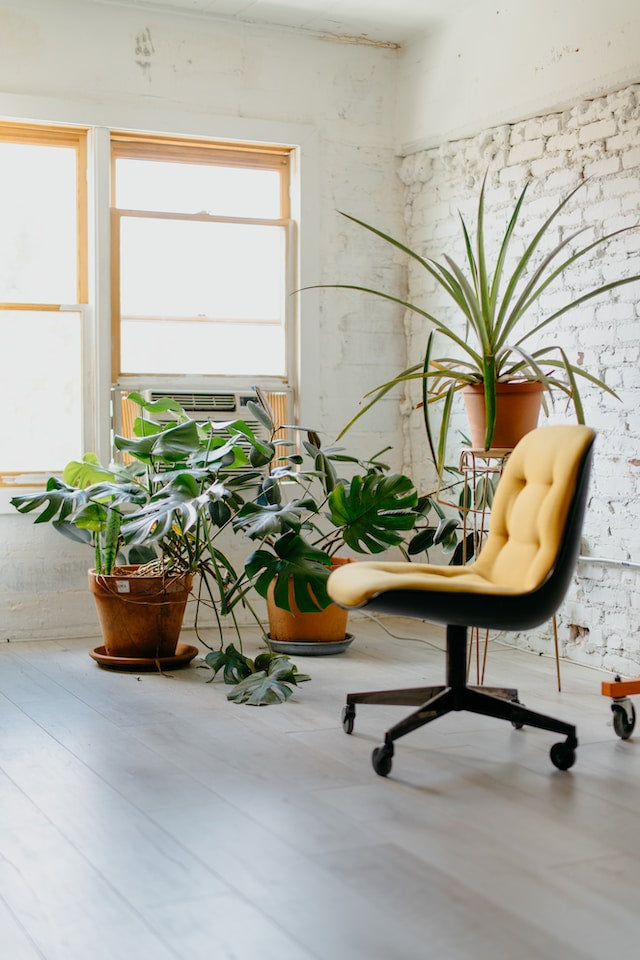
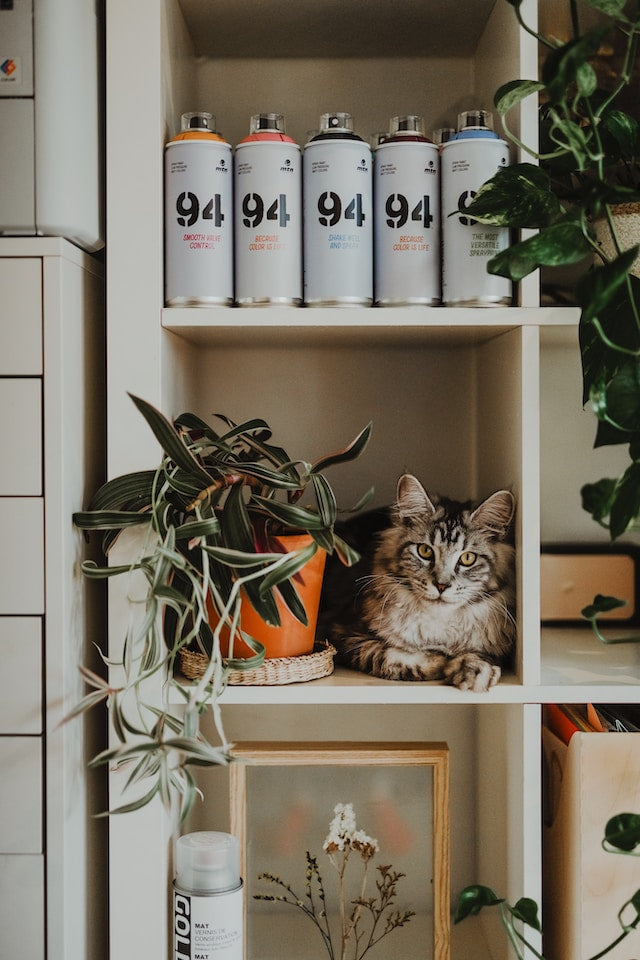
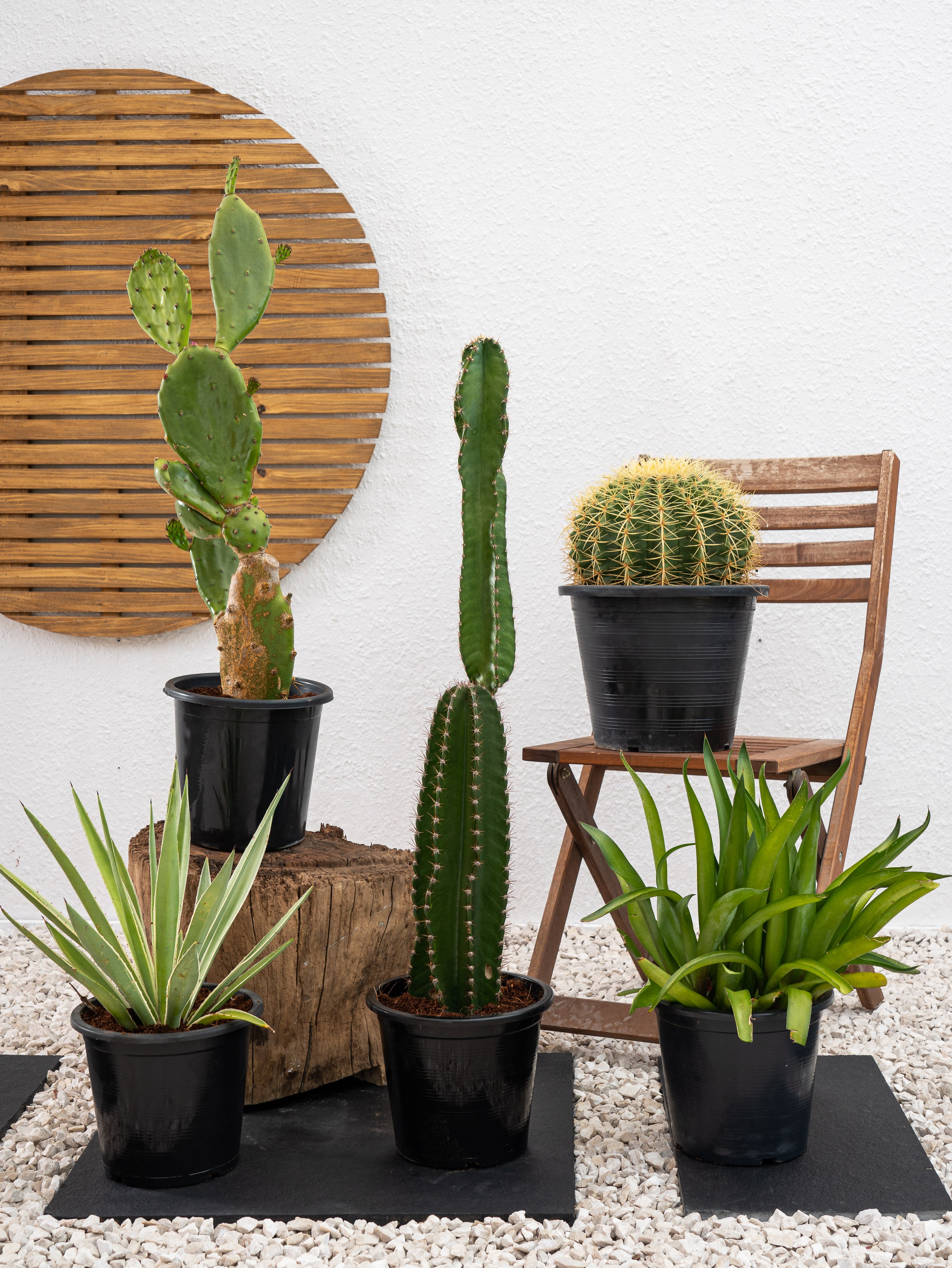

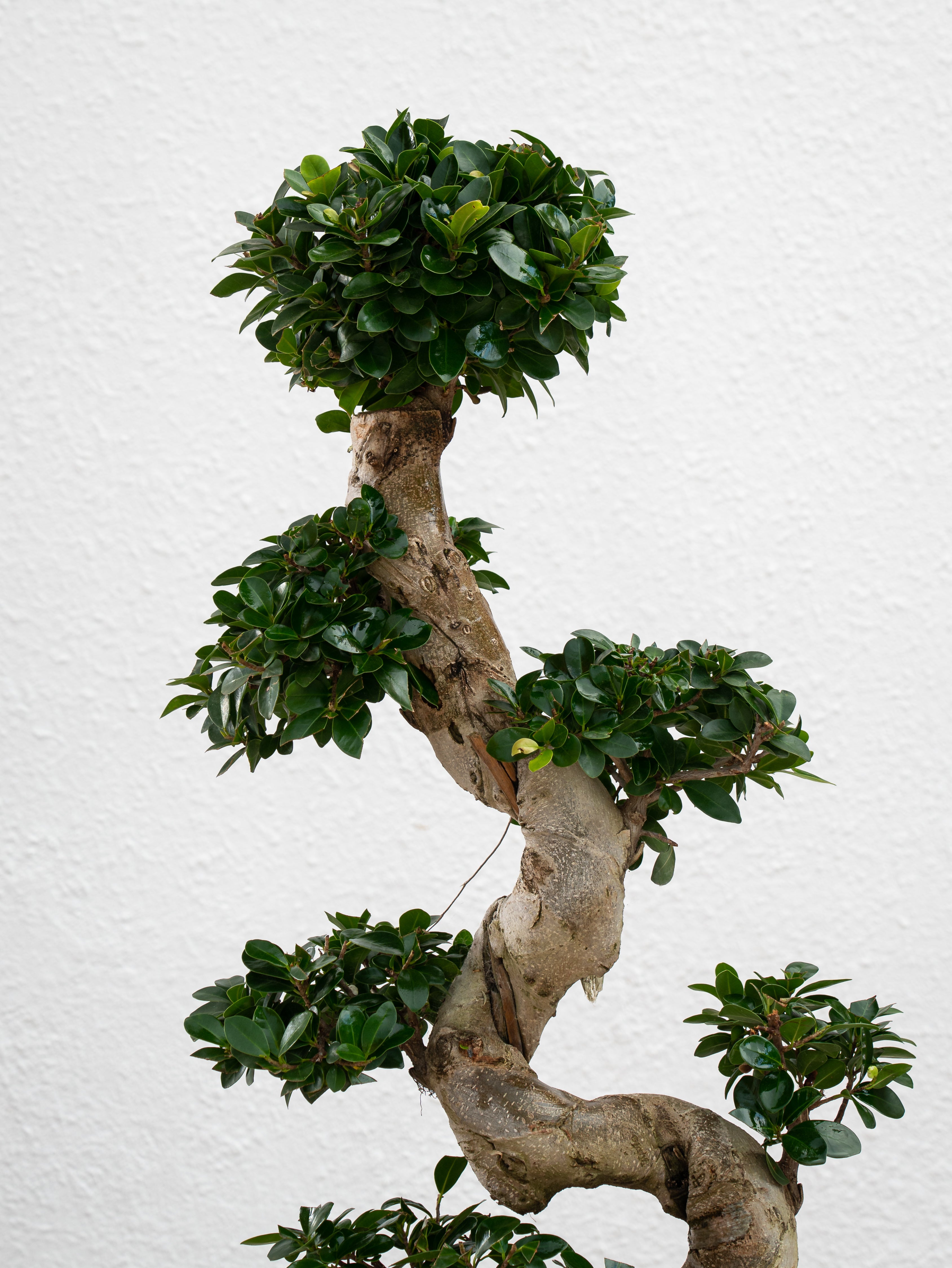
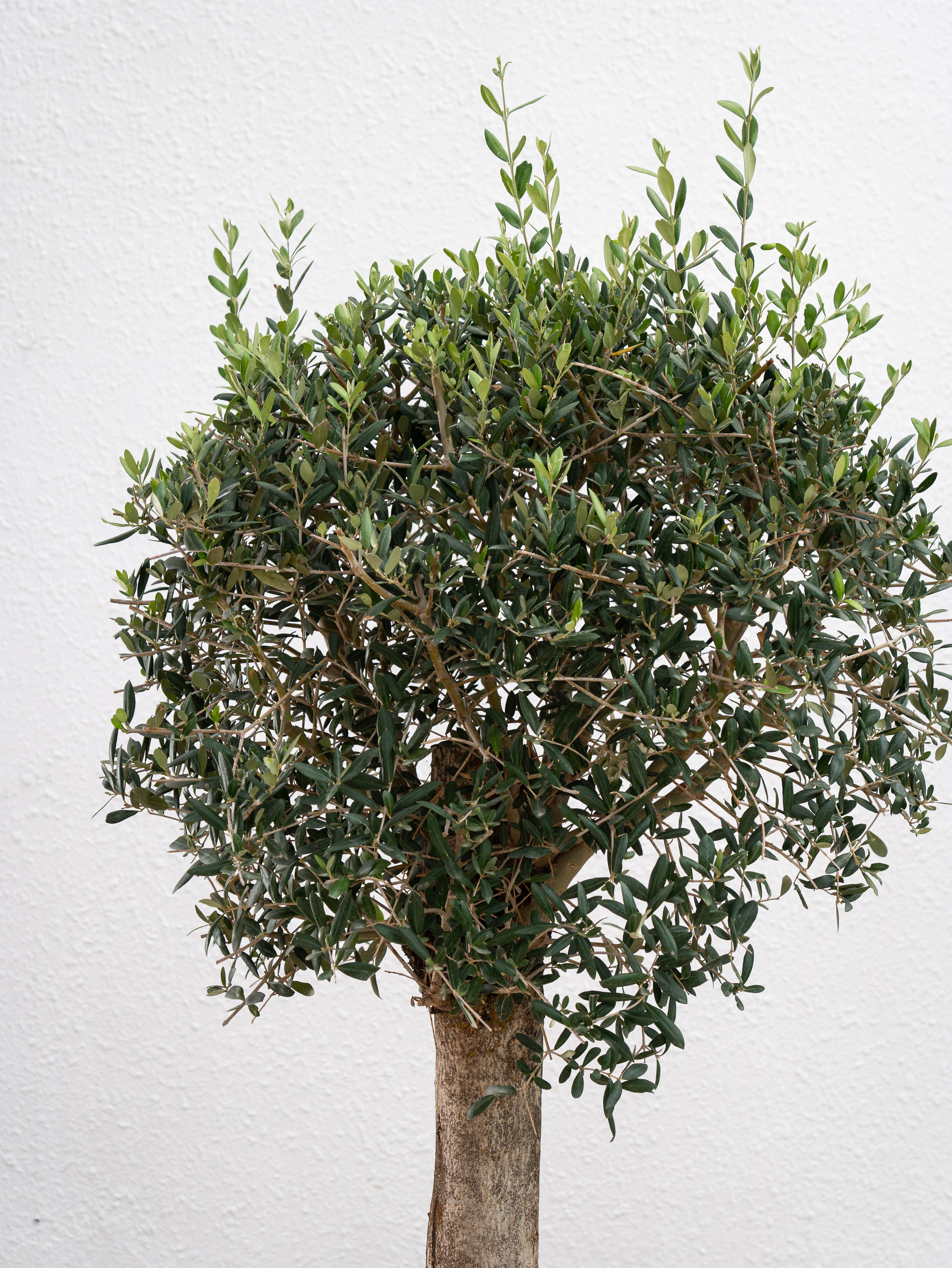




Leave a comment
This site is protected by hCaptcha and the hCaptcha Privacy Policy and Terms of Service apply.